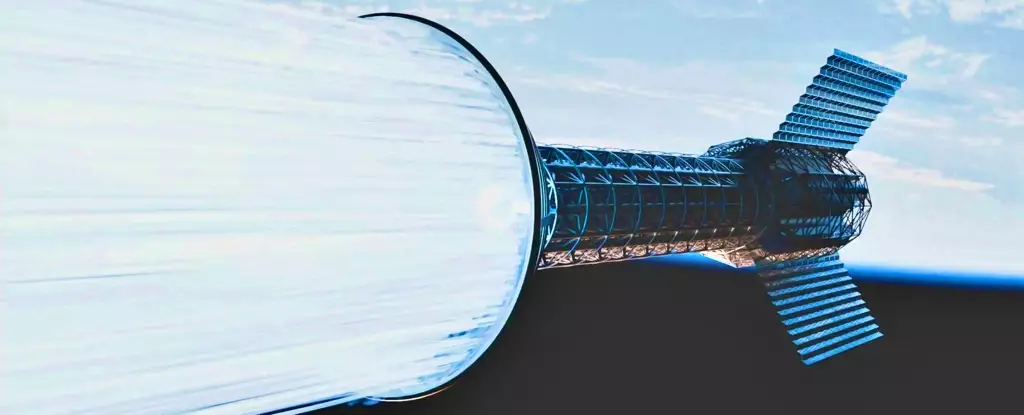Sending humans to Mars has always been an ambitious goal, but one major obstacle standing in the way is the lengthy travel time. Currently, a round-trip journey to the red planet would take almost two years, exposing astronauts to significant health risks such as high levels of radiation, zero-gravity effects, and isolation. The exposure to space radiation, in particular, poses a serious threat to the well-being of astronauts, putting them at risk for cancer, nervous system damage, bone loss, and heart disease.
To address the challenges of travel time and radiation exposure, NASA has invested $725,000 in developing the Pulsed Plasma Rocket (PPR) in collaboration with Howe Industries. This new rocket system has the potential to revolutionize space exploration by significantly shortening the journey to Mars to just two months. The PPR works by using pulses of superheated plasma to generate thrust efficiently, making a spacecraft go incredibly fast. With a high thrust and specific impulse, the PPR-equipped spacecraft could travel at speeds of up to 100,000 miles per hour, allowing for faster and more efficient space travel.
One of the key advantages of the PPR is its ability to make spacecraft travel at unprecedented speeds, opening up possibilities for human missions beyond Mars. The high thrust and specific impulse of the PPR enable it to generate significant propulsion, making it possible to reach distant destinations within the solar system. The efficiency of the PPR could potentially expand the range of human space exploration, with the hope of aiding missions to places like Pluto in the future.
While the Pulsed Plasma Rocket is still in the development phase, with phase two focusing on optimizing the engine design and conducting proof-of-concept experiments, the potential impact of this technology on space exploration is significant. Although it may take a couple of decades before the PPR is ready for manned missions to Mars, the long-term benefits of this revolutionary rocket system are promising. According to Troy Howe, once the PPR technology is fully operational, it could unlock endless possibilities for exploration within our solar system, enabling astronauts to achieve remarkable feats in space.


Leave a Reply